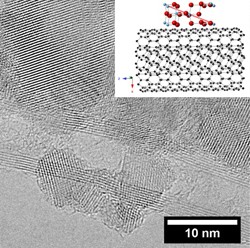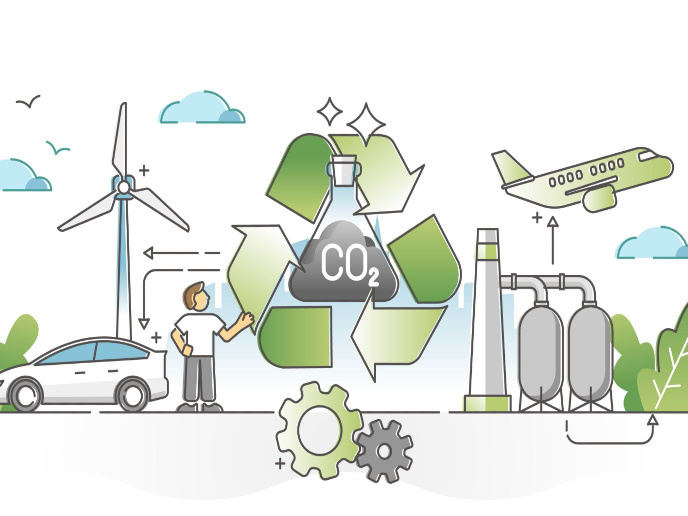Fuel from water thanks to sunlight
Nature often provides the inspiration for scientific endeavours. Utilising the Sun's light in artificial photosynthetic devices to produce molecular hydrogen (H2), for example for its use in fuel cells, is the subject of much research. Photocatalytic systems split water molecules into H2 and oxygen. Novel materials with greater efficiency and stability at lower costs are required. Scientists explored hybrid nanomaterials made of nano-structured carbon and inorganic semiconductors with EU support of the project CARINHYPH(opens in new window) (Bottom-up fabrication of nano carbon-inorganic hybrid materials for photocatalytic hydrogen production). The team took high-quality carbon nanotubes and graphene and functionalised them for subsequent integration with the inorganic compound via in situ growth in different architectures: inorganic-coated nanocarbon membranes and fibres, mesoporous gyroid hybrids and electrospun structures. Nanocarbons such as carbon nanotubes and graphene exhibit excellent charge carrier mobility, a large surface area and good electrical conductivity. They extend the light absorption range of the hybrids, thus increasing the amount of solar energy captured for the photocatalytic reaction. In addition, the lifetime of the electron-hole pairs in the hybrids is longer compared to that in pure inorganic materials, thereby increasing photocatalytic yields. A key aspect of the project was the emphasis on interfacial engineering as a mechanism to control charge transfer processes between the hybrids, and thus increase charge lifetime and photocatalytic efficiency. The project made progress in optimising synthetic routes to achieve this. Cutting-edge spectroscopy techniques provided unique insight into the electronic properties at the nanocarbon/inorganic semiconductor junction, providing elements to adjust the synthetic routes accordingly. To test the photocatalytic efficiency of the hybrids, scientists incorporated them into macroscopic structures. Results showed record-high H2 production values under ultraviolet irradiation of mesoporous Ta2O5 gyroids with and without platinum co-catalysts. Nanocarbons proved to enhance photocatalytic activity when added in small fractions. In the short term, CARINHYPH is contributing to the rational design and synthesis of new nano-structured hybrids with improved catalytic performance in sustainable energy applications. These include water splitting, water purification, photoelectrochemistry and photovoltaic devices. In the long term, these nano-structured hybrid systems will contribute to solving EU energy challenges.







